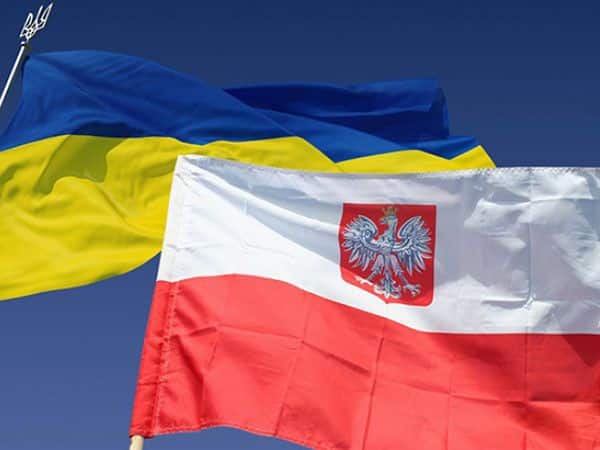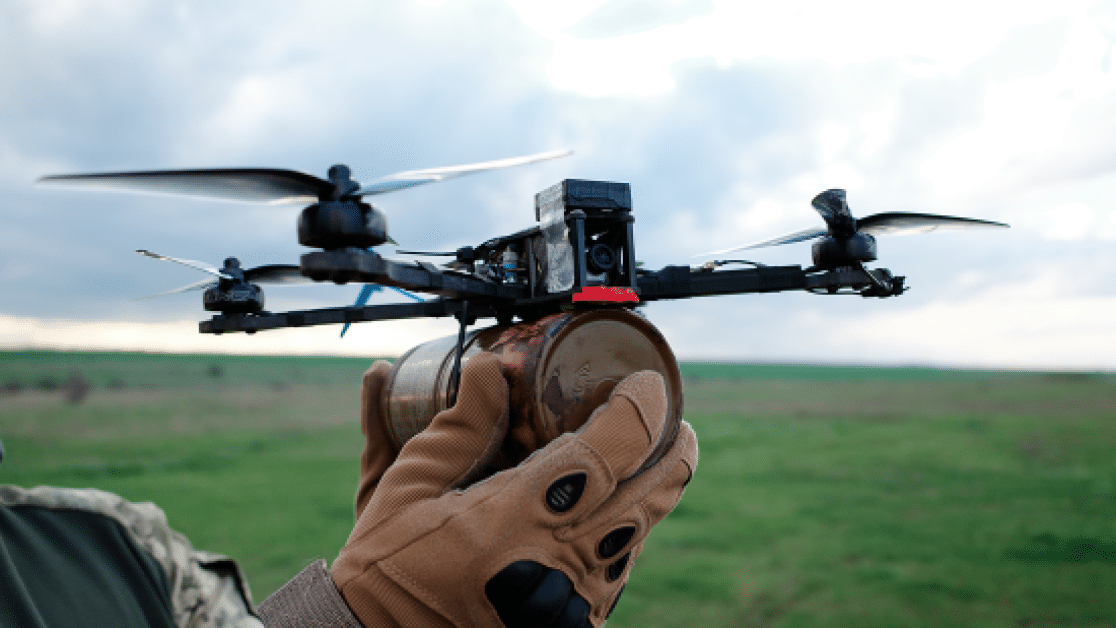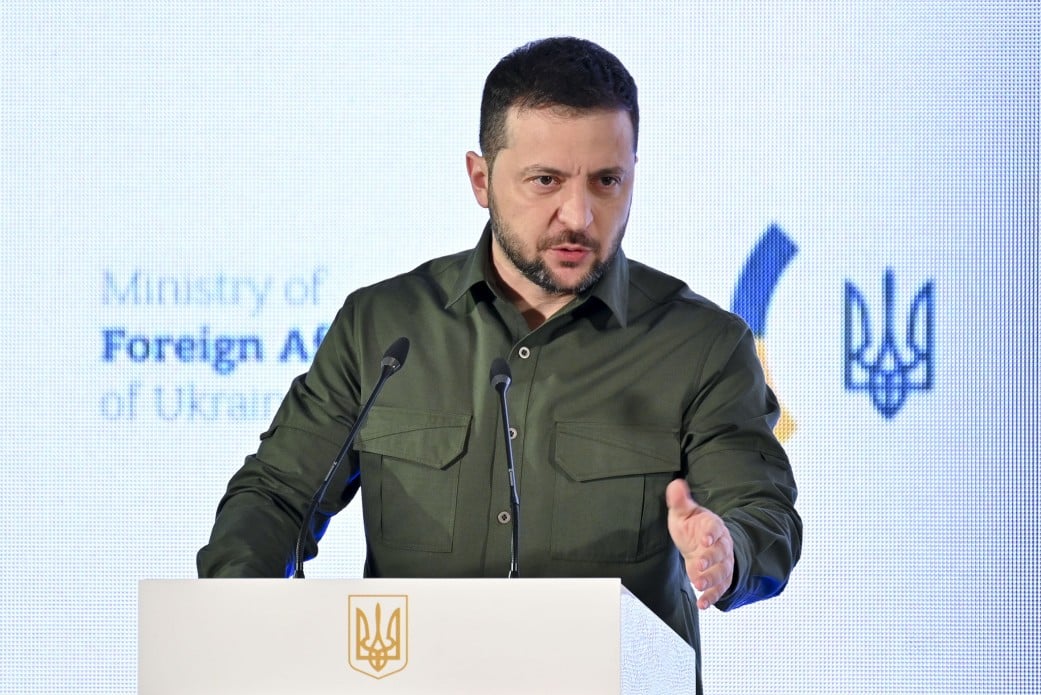The Central Asian window of opportunity: about pan-Turkism, pragmatism, and Ankara’s new regional policy
The war in Ukraine not only accelerated the formation of a new world order but also led to the emergence of new alliances at the regional level.
During the eight months of Putin’s “three-day special operation”, the echoes of the success of the Armed Forces of Ukraine reached the Caucasus Mountains and the Central Asian steppes.
The depletion of human and material resources in Ukraine, the bleeding of the Russian economy due to sanctions, and the increasing of international isolation of Moscow have caused slow but irreversible changes in the perception of Russia in the region.
The convincing victory of Azerbaijan, with the active support of Turkey, in the 2020 Nagorno-Karabakh war and Moscow’s actual non-response to the recent escalation around the Lachin corridor made us think not only about the feasibility of the continued presence of the so-called Russian “peacekeepers” in Karabakh but also about the future of Russia in general in the region.
In the event of signing a peace agreement between Azerbaijan and Armenia, the next step after the resolution of the “Karabakh issue” may be agreements on the resumption of dialogue between Yerevan and Ankara. Both sides stepped up efforts to normalize relations last year, but after the “historic” meeting of Nikol Pashinyan [the Prime Minister of Armenia – ed.], Ilham Aliyev [the President of Azerbaijan – ed.] and Recep Erdogan [Turkish President – ed.] in Prague on the sidelines of the European Political Community summit in October 2022, the prospect of opening borders, and at least partially restoring contacts is closer than ever.
In the conditions of Russia’s isolation, and the strengthening of sanctions against Iran, the South Caucasus Pipeline has all chances of becoming an important transport artery. The energy factor also plays a big role. In Turkey, it is well understood that the negotiations with Azerbaijan and Turkmenistan regarding the increase of gas supplies to Europe through the Trans-Anatolian gas pipeline TANAP, as well as the prospect of new regional routes are a real step towards turning the country into a gas hub, in contrast to Russian fables about a “change of orientation” of the “Nord Stream”.
See also: Iranian kamikaze drones Arash-2 – what is known about them, their capabilities and characteristics
The implementation of long-term projects can bring the long-awaited stability to the turbulent region, which in turn will call into question the presence of not only Russia’s de facto incapable “peacekeeping” contingent in Karabakh but also the Russian military base in Gyumri [the second-largest city in Armenia – ed.], which formally serves as a guarantee of non-aggression against Armenia by Turkey.
Recent events have finally undermined the already shaky confidence of regional allies in the “reliability” of the Kremlin’s security guarantees.
And while Nikol Pashinyan does not rule out the scenario in which Armenia may leave the Collective Security Treaty Organization (CSTO), other members of the СSTO with Russia have “collectively” begun searching for alternative partners to ensure security, last but not least, from Russia itself.
The periodic reminders of the Russian leadership about the “end of the parade of sovereignties” among the former Soviet republics and Moscow’s intentions to “return lost territories” do not add confidence in the “partnership” with the Kremlin. Obviously, if the “bunker syndrome” worsens, its first victim on the territory of Central Asia may become Kazakhstan – according to the Kremlin’s methodology, Dmitry Medvedev [deputy chairman of the Security Council of Russia – ed.] called it an “artificial state” and “former Russian territory”, where the “genocide of Russians” is taking place.
It can be assumed that the well-known statements of President Kassym-Jomart Tokayev at the economic forum in St. Petersburg about the non-recognition of the so-called “Donetsk People’s Republic” and “Luhansk People’s Republic” were caused not so much by love for Ukraine as by a reluctance to get one’s own problem in the form of the “South Ural People’s Republic”. Russian propagandists openly spoke about the creation of the “South Ural People’s Republic” in Northern Kazakhstan during the winter protests against the head of the country at that time, Nursultan Nazarbayev.
No less symbolic was the diplomatic slap to Putin from the President of Tajikistan, Emomali Rahmon, who, at the Central Asia-Russia Summit, called on the Russian leader to treat his partners with respect, and not pursue a policy towards the countries of Central Asia “like towards the former Soviet Union.” It is worth reminding that Tajikistan and Russia are close strategic partners. It is in Tajikistan that the largest Russian military base abroad is located, and it is there that Putin made his first foreign visit after the invasion of Ukraine. Therefore, such a “coming out” of the Tajik leader signals that the Kremlin is rapidly losing its position not only in the Euro-Atlantic but also in the Eurasian space.
Another proof of this was the refusal of Kyrgyzstan to participate in the CSTO “Rubezh-2022” exercises in Tajikistan. Earlier, Bishkek decided to cancel the CSTO exercises on its territory, which were supposed to take place in October under the evocative name “Indestructible Brotherhood-2022”, involving military equipment, aircraft, and UAVs.
By the way, Kyrgyzstan is already successfully cooperating with Turkey on the issue of drones. Last year, the country was the first among the CSTO members to purchase Turkish Bayraktar TB2 strike drones, and in September of this year, Tajikistan announced their use in clashes on the Kyrgyz-Tajik border. This is the first mention of the combat use of Bayraktar drones in Central Asia.
The arsenal of Turkish UAVs in service with the Kyrgyz armed forces will expand due to the Turkish “birds” of a new generation. “Bayraktar Akinci is now ours. Thank you our brotherly people!” Kamchybek Tashiev, the head of the State Committee for National Security of Kyrgyzstan, recently wrote on his Facebook page.
Cooperation on the basis of Bayraktar drones was the result of agreements reached within the framework of the visit of the President of Kyrgyzstan to Turkey in June 2021. Turkish Defense Minister Hulusi Akar visited Tajikistan at the same time, in July 2020, two months after the Kyrgyz-Tajik conflict. The parties signed the Military Framework Agreement in April 2022. Thus Ankara not only got customers for the national military-industrial complex on both sides of the barricades but also “evened out” the military imbalance between the countries, at the same time creating an opportunity to become a mediator in a potential negotiation process between Bishkek and Dushanbe.
Gradually, the latest developments in the Turkish defense industry turned into a factor of geopolitical influence against the background of successful use in Syria, Libya, Nagorno-Karabakh and Ukraine. It would be naive to claim that a few dozen drones can “compete” with the Russian military presence in the region. However, their effectiveness in local conflicts of the 21st century is hard to deny, as the fact that the development of cooperation with Turkey in the sensitive field of military technology indicates the end of the Russian monopoly on regional security.
Ankara accelerated the development of security partnerships on a bilateral basis after February 24, 2022. In particular, a joint declaration on deepening strategic partnership with Kazakhstan, and a memorandum on cooperation between the military intelligence of the two countries, as well as an agreement on military cooperation with Uzbekistan, were signed.
In modern realities, the interest of Central Asian states in energy, defense and military-technical cooperation far exceeds the interest in common cultural or historical heritage, and even more so – in the dusty ideas of pan-Turkism. And Ankara is well aware of this.
Unlike Russia, Turkey teaches history and is able to draw conclusions from previous mistakes. In the 1990s, the Turkish nationalists’ dreams of creating a “Great Turan” from the Adriatic to the Great Wall of China were shattered by the reality of inter-ethnic and inter-state conflicts in the region, the lack of their economic resources, as well as (paraphrasing Rahmon) the demands of regional countries “to respect them, and not to treat Central Asia like the former Seljuk Empire”. In addition, the Turkic factor automatically excluded from the zone of Turkish influence such countries as Tajikistan or Afghanistan, where Turkey also has its interests.
Therefore, in parallel with the perennial discussions around the “Army of Turan”, Ankara bases its current policy in the region on quite pragmatic economic and security interests, although it integrates some elements of pan-Turkic, pan-Islamist or Eurasian rhetoric, depending on the tasks and target audience.
On the one hand, Turkey’s leadership in organizations based on the principles of Turkic unity (such as Türksoy or the recently reformed Organization of Turkic States) provides an opportunity to continue to use the “common heritage”, for example for the introduction of a single alphabet among Turkic-speaking states or the adoption of the Concept of the Development of the Turkic World until 2040. On the other hand, Ankara increasingly uses such “humanitarian” platforms to discuss specific projects in the fields of energy, infrastructure, security, and defense, confidently displacing a significantly weakened Russia from these areas.
However, the presence of Iranian and Chinese interests in the region does not promise Ankara an easy realization of its geopolitical ambitions.
Despite the “family” photos of Erdogan with Putin and Ali Khamenei [the President of Iran – ed.], Turkish-Iranian relations are increasingly becoming fiercely competitive. Tehran’s loss of image in the South Caucasus and the strengthening of the Turkish-Azerbaijani military alliance obviously worry the Iranian regime. The demonstrative conduct of exercises on the borders with Azerbaijan, threats to Baku, the sudden opening of the Iranian consulate in the Armenian city of Kapan (close to the Lachin corridor), and Iranian drones of “Shahed” type in Ukraine are evidence of this.
With the deepening of Azerbaijani-Israeli military-technical cooperation, and the normalization of Israel’s relations with Ankara, the new regional order began to take on clear outlines of the confrontation between the two blocs: Turkey-Azerbaijan-Israel on the one hand, and Russia-Armenia-Iran on the other. During the recent visit of the Israeli Defense Minister to Turkey, which he called “historic”, the countries agreed to strengthen “official defense ties” – another step towards the consolidation of alliances.
China is playing an independent game on the regional chessboard.
Having made his first foreign visit to Astana since the beginning of the pandemic, Xi Jinping has already stated that China would “resolutely support the independence and territorial integrity of Kazakhstan” and “categorically oppose the interference of any forces in the internal affairs of the country” – an obvious message from Russia. At the same time, voicing the intention to “form a new paradigm for the development of bilateral relations, focusing on the community of common destiny of China and Kazakhstan”, Beijing is obviously playing on Ankara’s field.
Turkey, with its inherent pragmatism, tries to avoid a direct clash of interests to show flexibility in the protection of the Uyghur Turks, and focus on finding common ground with both China and Russia, in particular in promoting the agenda of a multipolar, “post-Western” world.
Whether it will succeed in this and whether the NATO member state will be able to get its special status in the Shanghai Cooperation Organization (SCO), largely depends on how Beijing sees the future configuration of forces in Central Asia.
Originally posted on ZN.UA. Translated and edited by Yeva Fedoriv for the UaPosition – Ukrainian news and analytics website
See also: Anatomy of rashizm: how the undefeated totalitarian legacy became a countdown to Putin’s Russia




